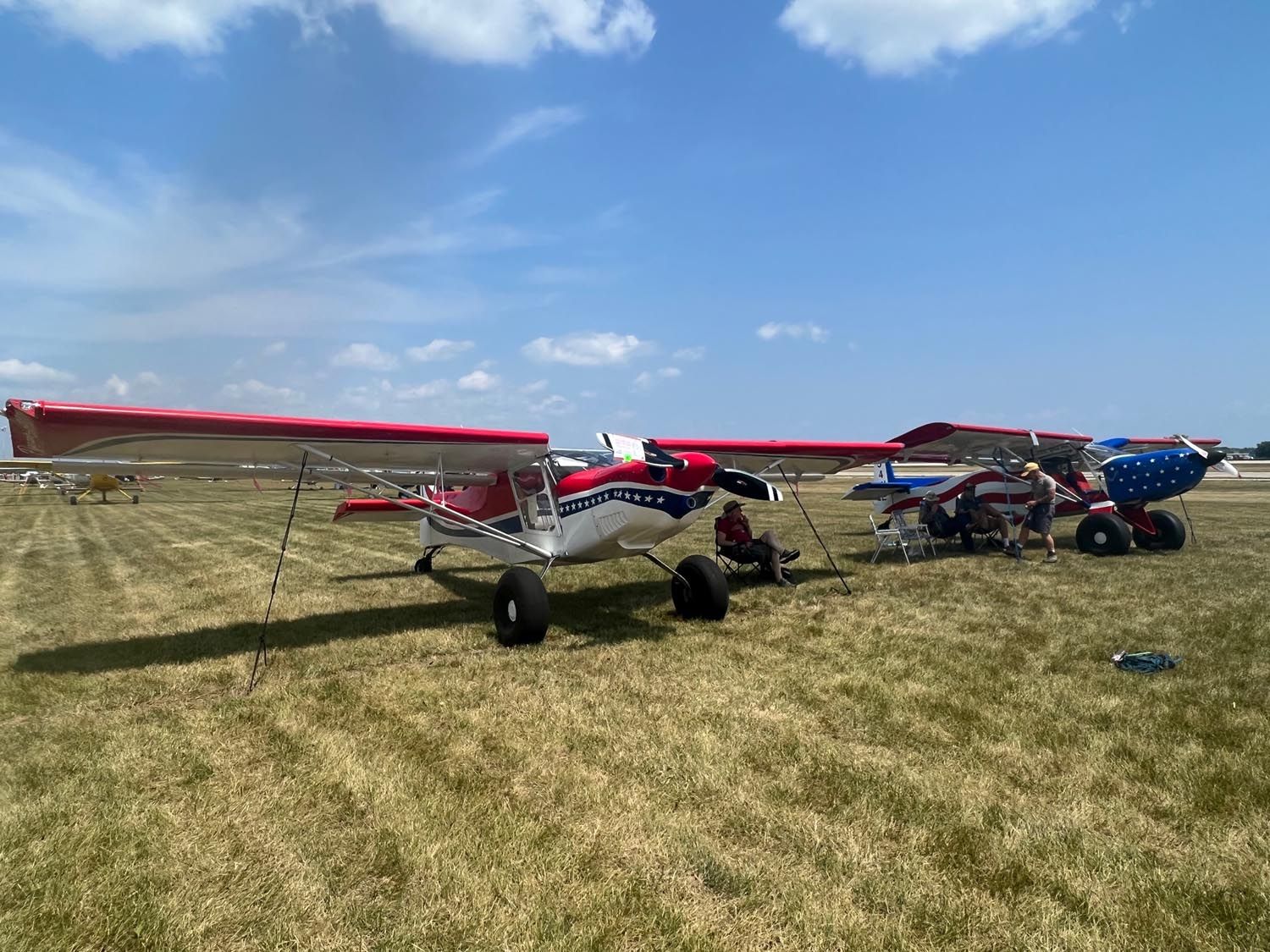
While wandering near the Brown Arch your eyes are bound to be drawn towards two attractive “bush” planes with American-flag themed paint jobs. These two Pegazairs represent, perhaps, the highest hour and lowest hour examples and both have many stories to tell.
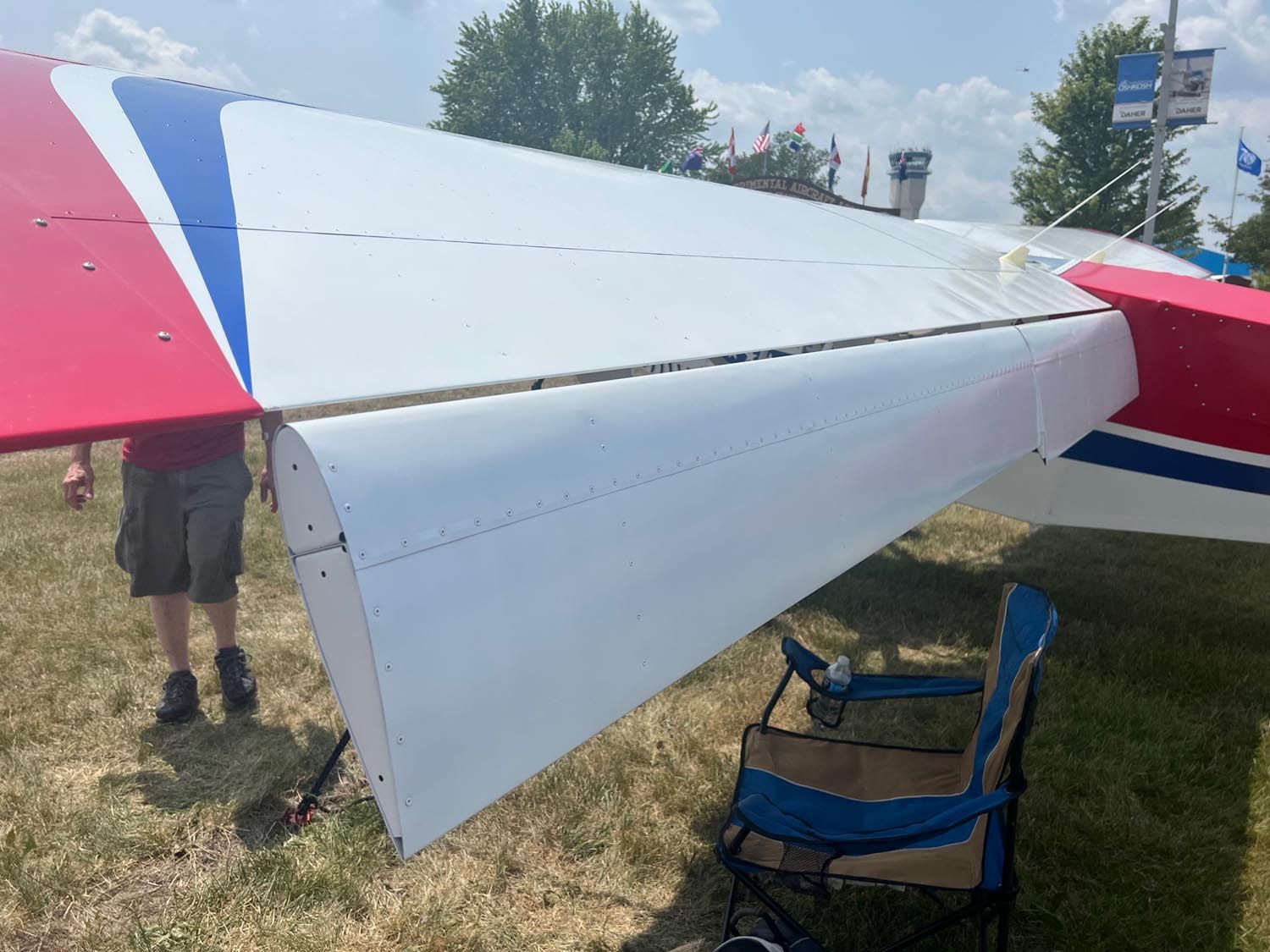
The Pegazairs are a French-Canadian design and marketed by Tapanee Aviation in Mont St-Michel, Quebec. They provide both plans and kits. The plane comprises a chrome-molybdenum frame, aluminum wing and flying surfaces, and fabric cover. It uses a full-span flaperon and full-span auto slats. The plane cruises around 120 knots and stalls a little below 25. Six Pegazairs are flying in the U.S. and approximately 45 are flying in Canada.
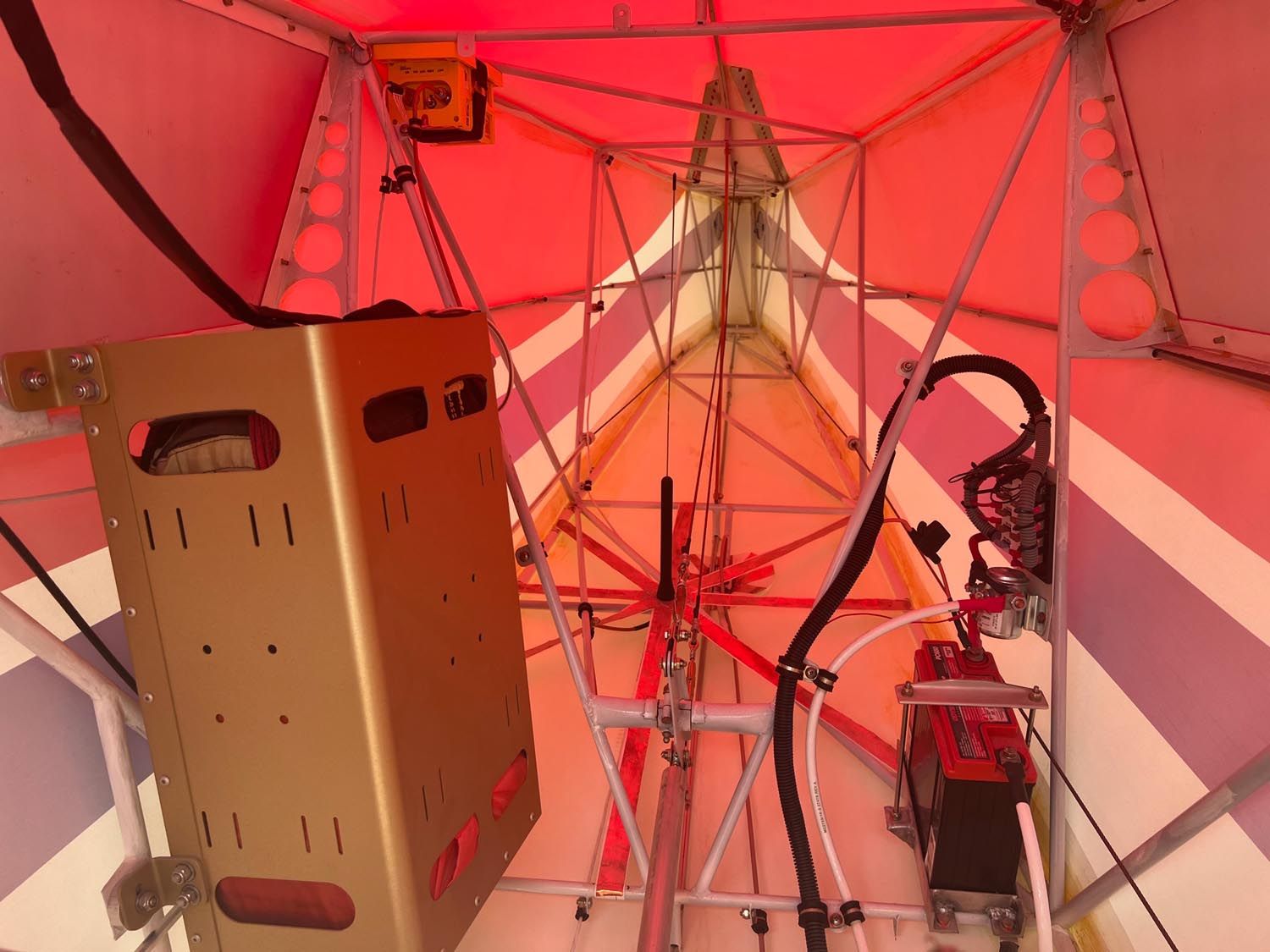
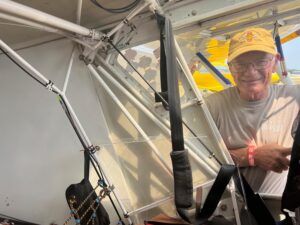
Doug Wilson’s plane was finished in 1999 and he has flown it for 14 years. A diesel engine mechanic, he spent three-and-a-half years and 3500 hours completing the scratch-built project and credits his wife’s support as the critical ingredient to his success. He was attracted to the design because he was enamored with its auto slats. He felt it is a huge safety advantage. His plane has a conical, 160-hp Superior IO-360 with a SES fuel-injection system. The mission he envisioned while building was taking it on hunting trips in Alaska and he’s lived that dream three times. The plane hauled out moose, caribou, and black bear meat out of the back country. The moose took three flights!
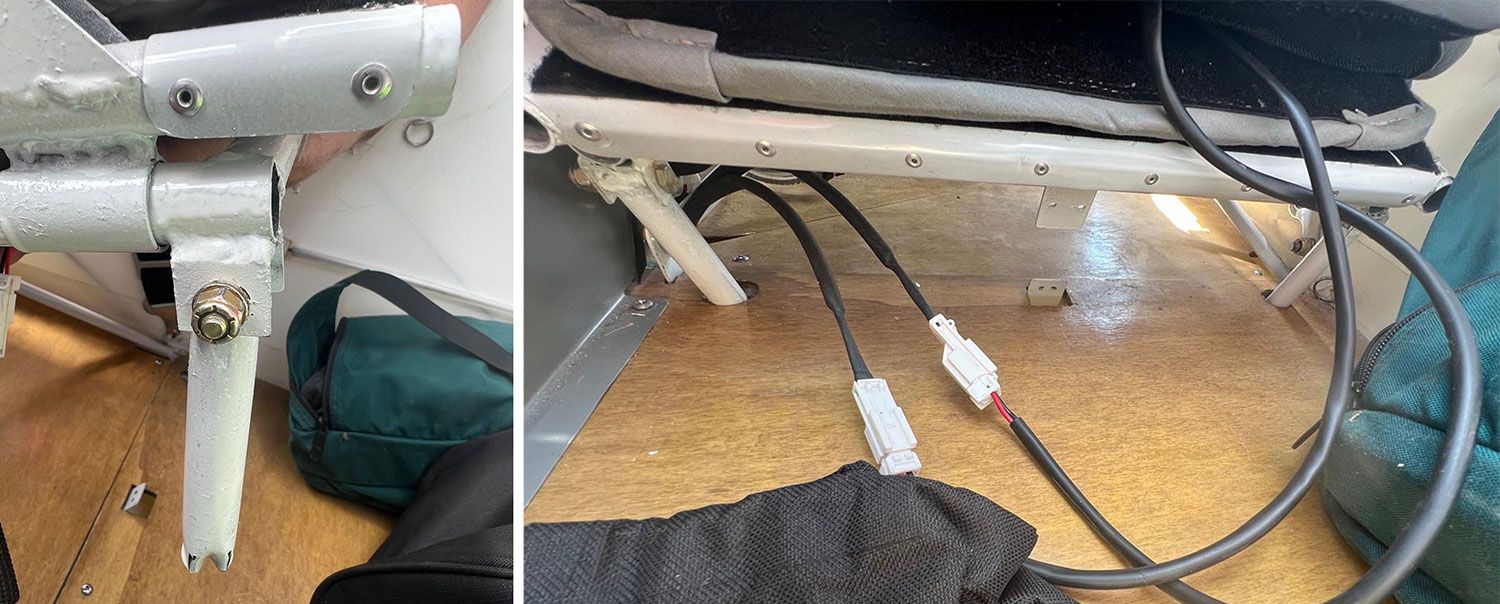
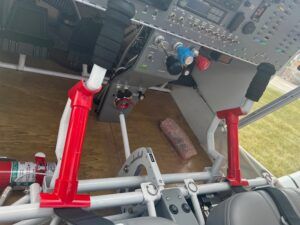
Jeff Mullin, currently of Elk River, Minnesota, completed his Pegazair SP-100 in 2021 after 14 years and 6000 hours building but he included a lot of personal touches. Like Wilson’s, Mullin’s plane was scratch built with a Superior 180-hp engine but Jeff’s includes a BRS all-aircraft parachute. Its empty weight is 1157 lb with an 1850-lb gross. One of several significant alterations were custom gear legs, designed to be similar to an RV-8 but made with titanium. He says these gear legs added about 15 mph to the plane’s cruise speed. An electrical engineer, Mullin also designed a board to monitor the plane’s SDS fuel injection system. If clever innovations in homebuilding is your thing, it will be well worth dropping by and chatting with these two interesting gentlemen and checking out there rides.


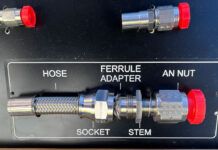

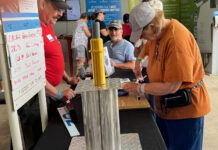
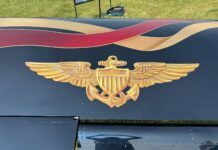
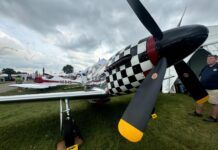



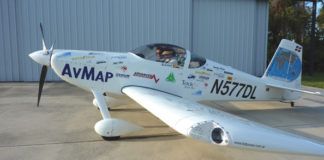
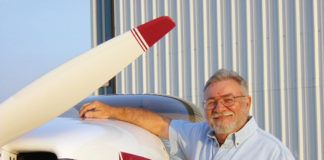
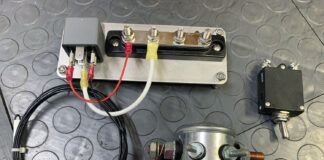
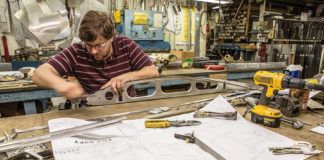
Louise,
Thank you for reporting on these very well designed, and proudly built airplanes.
I’m not familiar with the implication or meaning of “conical” in the context of a “conical, 160-hp Superior IO-360” – Was this a typo – (Continental?) or a reference to conical engine mounts? Or something else about airplane engines that I’m about to learn? 🙂
-JS